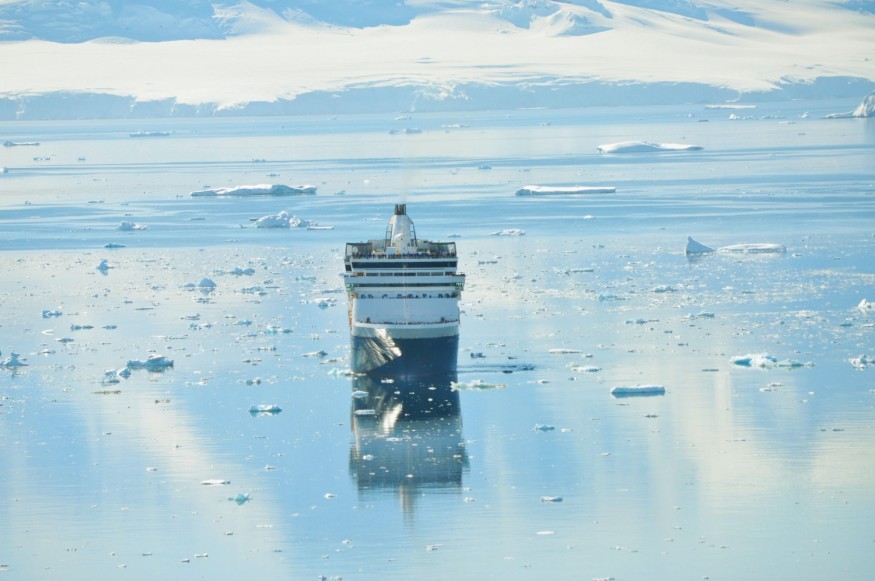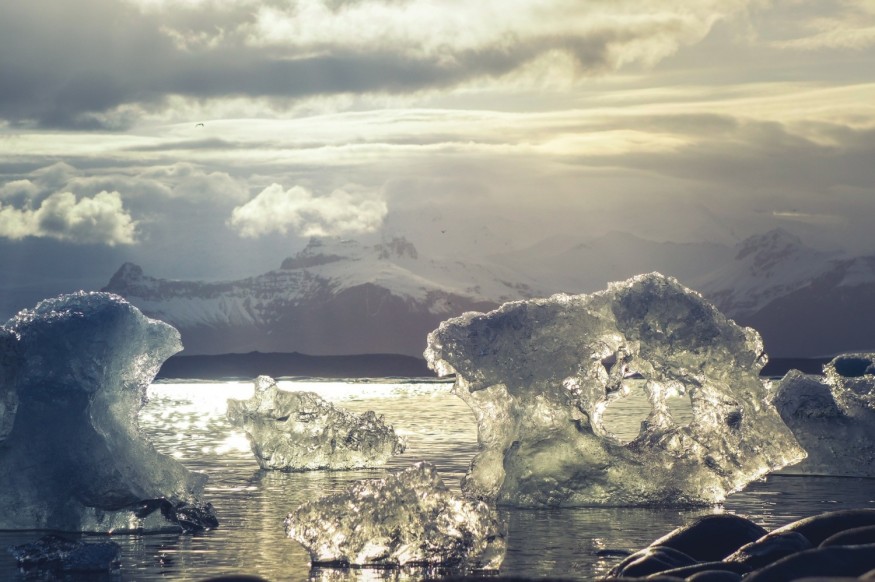Scientists from the CNRS (French National Centre for Space Studies), CNES (French National Centre for Scientific Research), IRD (French Research Institute for Development), Sorbonne Université, l'Université Toulouse III - Paul Sabatier (Toulouse III) along with their Australian colleagues, have provided a comprehensive analysis on the Antarctic Ocean's temperature evolution over the last 25 years. This project was supported by the IPEV.

Based on their study, the team concluded that the cooling measured on the surface of the ocean masks a temperature spike up to 800 meters deep.
The phenomenon is directly pointed to major changes around the polar ice caps where temperatures increase by 0.04°C per decade. The rapid temperature rise can lead to severe consequences for the ice in the Antarctic regions.
Underwater warm water conditions also rise rapidly to the ocean surface. The heating rushes to the top layer of the waters at an alarming rate of 39 meters per decade.
The speed of ascending is around three to ten times faster than the previous estimate.
Ocean warming
Excess heat emitted by the greenhouse effect is absorbed mostly by the ocean. That is believed to be the primary reason for the rapid temperature spike.
The rising water temperature is not a good sign for almost every living being on the planet.
If the ocean continues to heat up, marine wildlife and ecosystems will be devastated. Hotter water can cause coral bleaching resulting in fewer breeding grounds for aquatic animals like fishes and marine mammals.
However, it's not just marine wildlife that is affected by the change in temperature. If the spike continues, many oceanic benefits will be affected too.
The ones that humans are enjoying. Food sources will be shifted as fishes, and other ocean-based resources will slowly dwindle. Water conditions will also worsen, causing the spread of many waterborne diseases and illnesses.
Extreme weather events are also inevitable if the ocean doesn't stop heating up. With the decay of water ecosystems, there will be lesser coastal protection that mitigates weather calamities.
If Climate Change is Heating Up the Ocean, Why are Some Portions of the Ocean Surface Cooling?
The oceanic heat spike is a trend experienced by the waters around the world, except for some areas. The Southern Oceans (Antarctic) is experiencing a cooling period.

But, that may not last long.
Scientists believe that the sea surface and sea ice temperature around the Antarctic region is cooling and expanding due to intense global warming. But, why is global warming cooling the Antarctic?
Many believed that the cooling period is due to the rapid melting of the ice caps. The melting causes a temporary water cooling effect that is being experienced by the surface. Unfortunately, the inevitable oceanic warming is catching up.
Deep below the cooler water, the hotter temperature is barreling towards the surface. If the heat finally catches up, chances are the cold surface will eventually start to heat up.
That is only natural as the world's internal temperature is still continuously heating up. And, human activity and climate change hasten it even more.
For more news update about climate change and the environment, don't forget to follow Nature World News!
© 2025 NatureWorldNews.com All rights reserved. Do not reproduce without permission.





